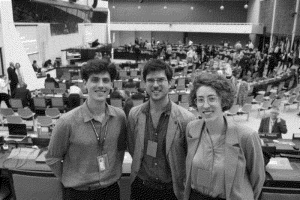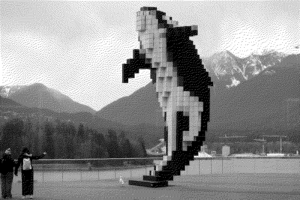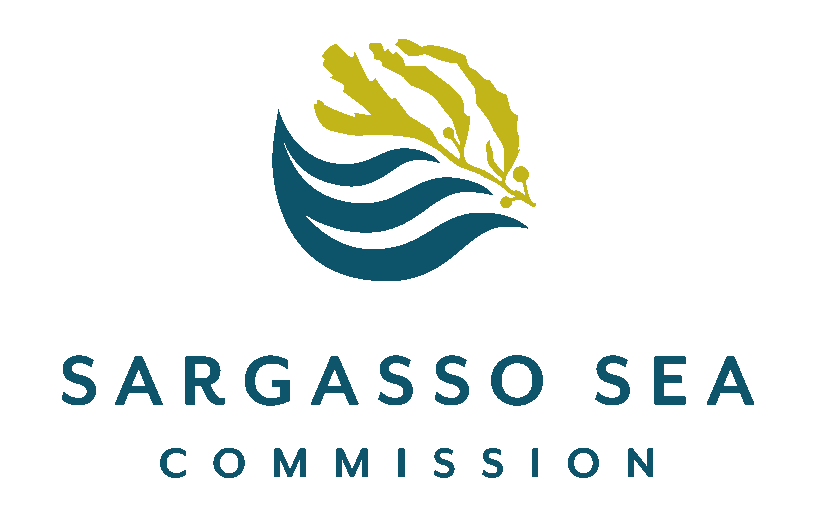
Exploración de la gobernanza híbrida del océano en alta mar para el Mar de los Sargazos y el Domo Térmico
El proyecto de investigación
El proyecto “SARGADOM” se centra en dos lugares excepcionales de alta mar : el Mar de los Sargazos en el Atlántico Norte (“SARGA”) y el Domo Térmico en el Pacífico Tropical Oriental (“DOM”). El objetivo del proyecto es contribuir a la protección de la biodiversidad y los servicios ecosistémicos y facilitar el desarrollo de enfoques híbridos de gobernanza del océano en ambos lugares.
–
El Mar de los Sargazos y el Domo Térmico son ejemplos del gran valor de los ecosistemas de alta mar, y de los retos para su protección.
Próximos eventos y últimas noticias
– Español

Noticias
3 OBSERVADORES SIGUEN EN DIRECTO LA REUNIÓN DE LA AIFM
Del 10 al 28 de julio, tres investigadores colaboraron para compartir sus observaciones en la última reunión anual de la Autoridad Internacional de los Fondos Marinos.
julio 13, 2023

Noticias
Conferencia IMPAC5
The fifth edition of the IMPAC5 Congress dedicated to Marine Protected Areas took place in Vancouver from 3 to 9 February 2022 under the auspices of IUCN.
marzo 23, 2023






